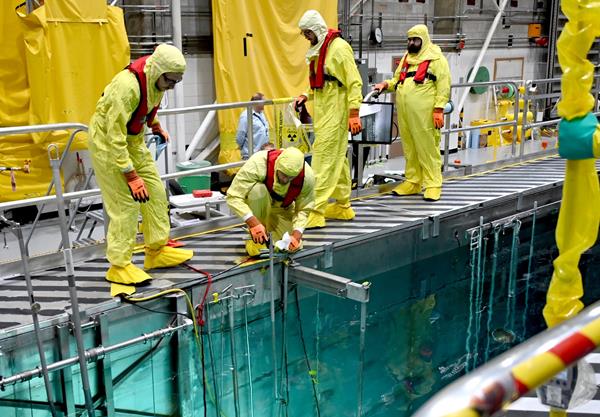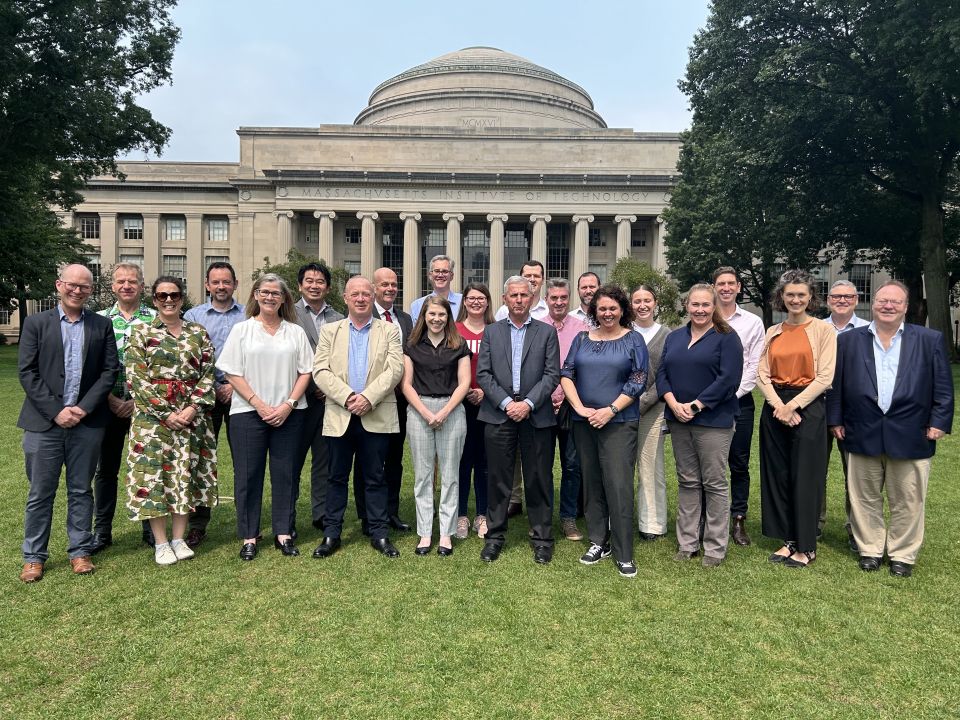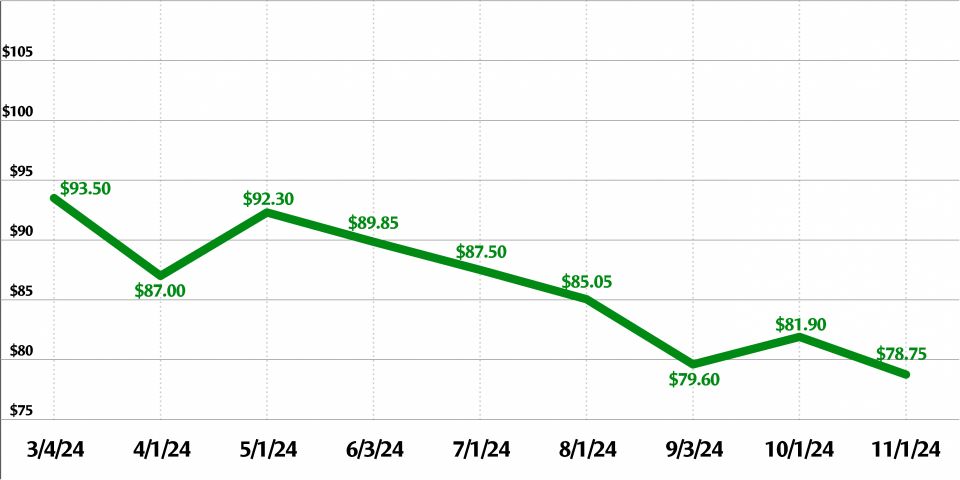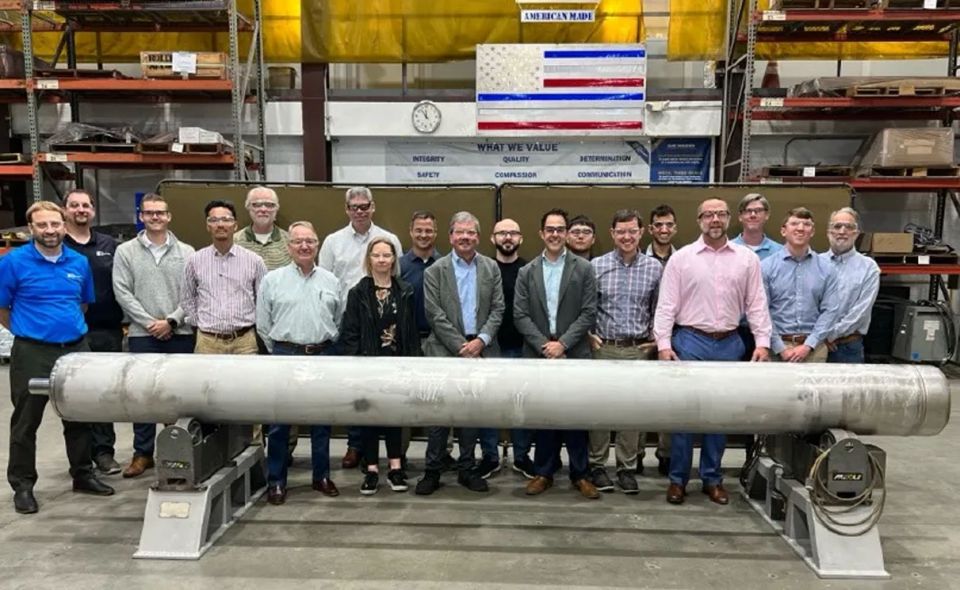SiGA woven silicon carbide nuclear fuel cladding. (Photo: DOE)
Because of its hardness and its hardiness in the face of high temperatures, silicon carbide has been used for industrial purposes for decades. It has proven its worth as a key component of tiny TRISO fuel particles. But SiC has a weakness—in its pure form it is too brittle for use in structural components, such as 12-foot-long light water reactor fuel cladding tubes.
General Atomics–Electromagnetic Systems (GA-EMS) has engineered a solution to produce nuclear fuel cladding using SiC that can withstand extreme temperatures of up to 3,800°F. According to the Department of Energy, which has supported GA-EMS through its Accident Tolerant Fuel program, SiGA cladding is now on track to be fully demonstrated by the end of this decade, with commercialization in early 2030. GA-EMS is preparing for commercialization by continuing its testing program and developing domestic manufacturing capabilities.
A composite: SiGA is made from SiC—a ceramic material made of silicon and carbon in a high-purity crystalline composition. SiC’s advantage lies in its heat resistance, but GA-EMS explains that “its brittleness in pure form limits its use as a structural material. However, it can be significantly toughened to address this brittleness by reinforcing monolithic SiC with SiC fibers (forming a composite known as a ceramic matrix composite, or CMC).”
The fiber “reinforces the material similar to the way steel rebar is used to reinforce concrete,” according to the DOE. The composite can tolerate temperatures up to 3,800°F—roughly 500 degrees hotter than the melting point of zirconium alloys typically used for cladding.
According to the DOE, SiGA cladding also “features a novel sealing technology capable of withstanding pressures far beyond that typical of light water reactor conditions.”
Testing: GA-EMS has created 6-inch-long SiGA rodlets and 3-foot cladding samples to reactor-grade specifications that will undergo irradiation testing at Idaho National Laboratory. Recent work has demonstrated that the process is scalable to full-length 12-foot fuel rods, according to the DOE. Accelerated fuel qualification is underway using research reactors, commercial reactors, and modeling and simulation.
GA-EMS reports that it began working on SiC composites for nuclear fuel cladding applications in 2009. That work has been supported by funding, irradiation testing, and post-irradiation examination support from the DOE’s Accident Tolerant Fuel program, which was established in 2012 to improve the operating performance, economic efficiency, and safety of LWRs with novel fuel technologies—including cladding—and allowing for longer response times at high temperatures in accident situations.









